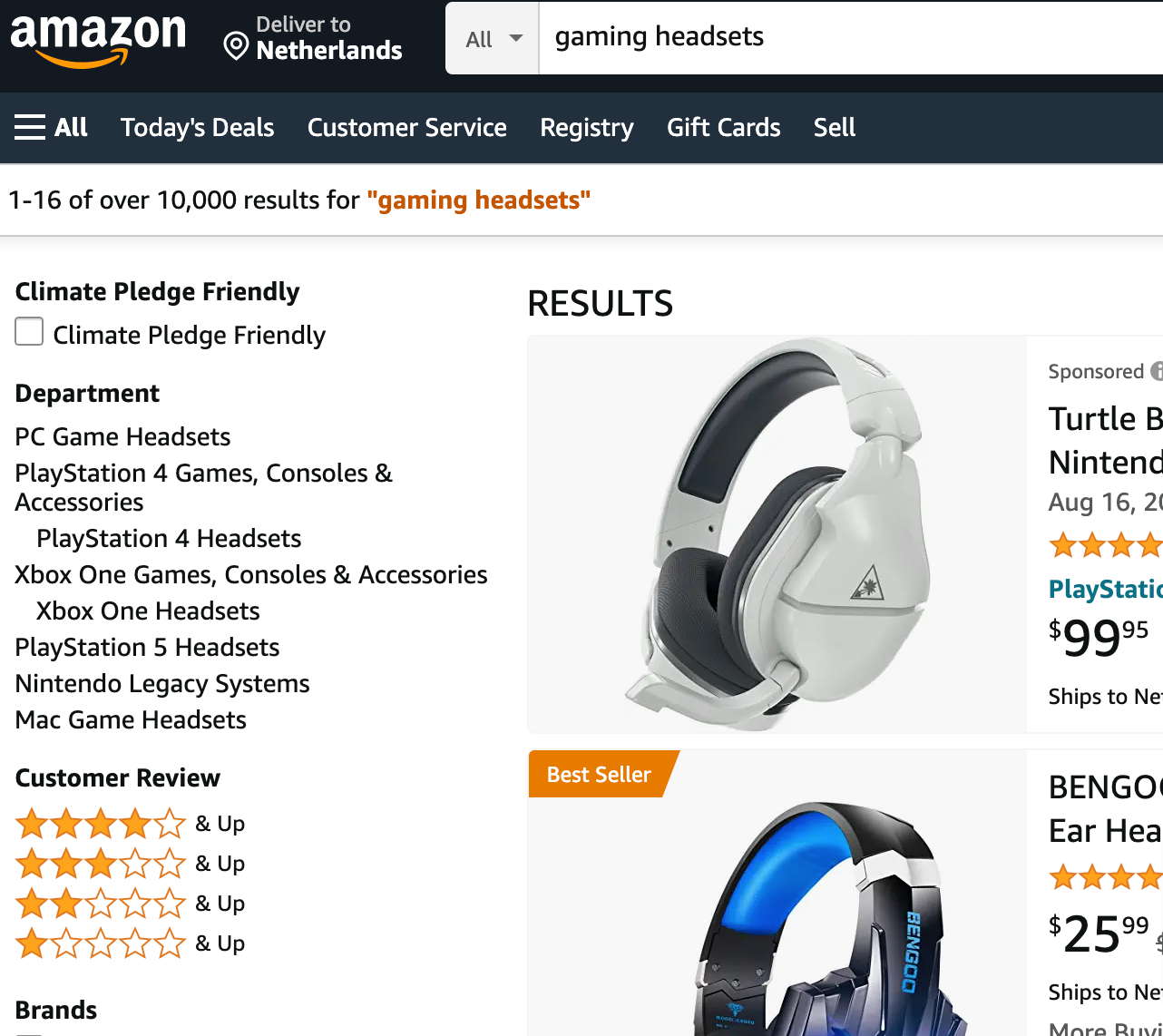Life can seem funny at times, often counterintuitive if you ask us. What if your business ‘grew up’ all its life believing five stars is what it should aim for in ratings and reviews? Then suddenly, one day, profound researchers come up and say that “actually, a bit lower can have more impact.”
In this article, we address the common question of customer-feedback-obsessed brands – is a 4.5-star just as good as a 5-star review? Why? What are the specific scores I should aim for? And how can I improve my ratings in general? In the end, you may relax a bit from your perfectionist agenda and understand just how much the numbers matter.
Brief History Dive Into the Star Rating System
The star rating system is a fast and effective way for consumers to grade a product or service without needing to leave a written review. This scale is usually one to five stars, with one representing the lowest score and five, the highest.
First introduced back in the early 20th century as a way of grading hotels, star rating provides a visual reference of what other buyers think – something that can help shoppers to narrow down their options before deciding what to buy. In eCommerce, star rating is particularly valuable when it comes to filtering products. Many major platforms, such as Google and Amazon, have incorporated a filter option, making it easier for shoppers to view the best-rated products quickly and with fewer clicks.

Source: Amazon
No Such Thing As ‘Perfection’: Why 4.5 Stars Are Just As Good As 5 Stars
If you think about it, 9 out of 10 people seek online reviews nowadays before buying. 70% of customers say they use the rating filters when looking up products or businesses. The filter to see whether the brand is rated 4 stars or above is the most commonly used.
This means that if your average rating is not at least 4 stars on Amazon or on your own website, then you’re likely not going to appear in the hundreds to thousands of searches. It also means not many people are even filtering brands by 5 stars.
Why? Could it be that then things would be ‘too good to be true?’
Well, research by Northwestern shows that customers are more likely to buy a product rated between 4.2 and 4.5 stars (AKA the sweet spot). As the rating gets closer to the almighty 5.0, purchase likelihood declines.
A highly plausible reason is that customers can grow quite skeptical when seeing a business with multiple reviews that all contain five stars. Therefore, a mix of negative reviews (especially with appropriate responses to them) and positive reviews portray more feelings of legitimacy or honesty and trust.
82% of customers admitted to actively seeking out negative reviews and/or lower ratings. And yes, while some are indeed trying to purposely find something bad about the product or service, there is another motivation for those seeking out poor reviews.
Some believe that brands that display their negative feedback, especially responding to them, shows that the business is open to criticism and takes ownership of their “mistake,” and is not afraid to show it.
And just about how many negative reviews can help to confirm a seller’s legitimacy, you may wonder? A few. Otherwise, when the bad outweighs the good, then that’s a red flag for the business.
Moreover, while a couple of negative reviews reveal why a product/service is flawed and possibly the legitimacy of the seller, star ratings are another important factor considered by many consumers. Specifically, many aim to see ratings between 4.2 and 4.5 stars, which is basically “not too good but not too bad.”
Because then this would mean that there are still a lot of positive opinions about the business, coupled with just enough negative ones to help shoppers have a more realistic grasp of the product/service, increasing purchase likelihood.

Based on the graph above, the source describes: “The best star rating from a pure conversion rate perspective is in the 4.75 – 4.99 band. However, we see strong conversion performance from products with a 4-star average rating and above (with the exception being an average rating of 5.00 stars, more on that later).”
Ratings Don’t Improve Themselves: Advanced Analytics Can Now Help
In just a few clicks within our Wonderboard, you can see for yourself why exactly customers are complaining or the reasons behind a low rating score. Then based on those findings, your teams can quickly act to improve the product, thus increasing its ratings gradually.
Whether you’re sitting at an unnerving 2.9 or 4.1 stars, thus needing that extra tiny boost, our analytics help teams reduce the mind-boggling work and get straight to the answers. Just talk to our VoC experts now to see for yourself!




